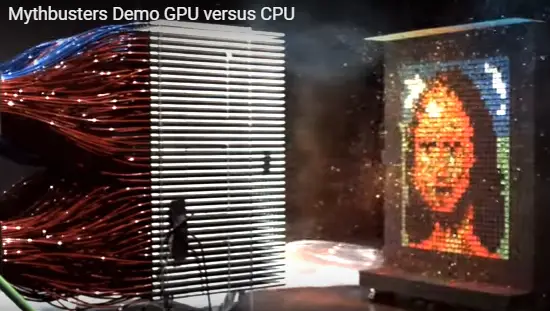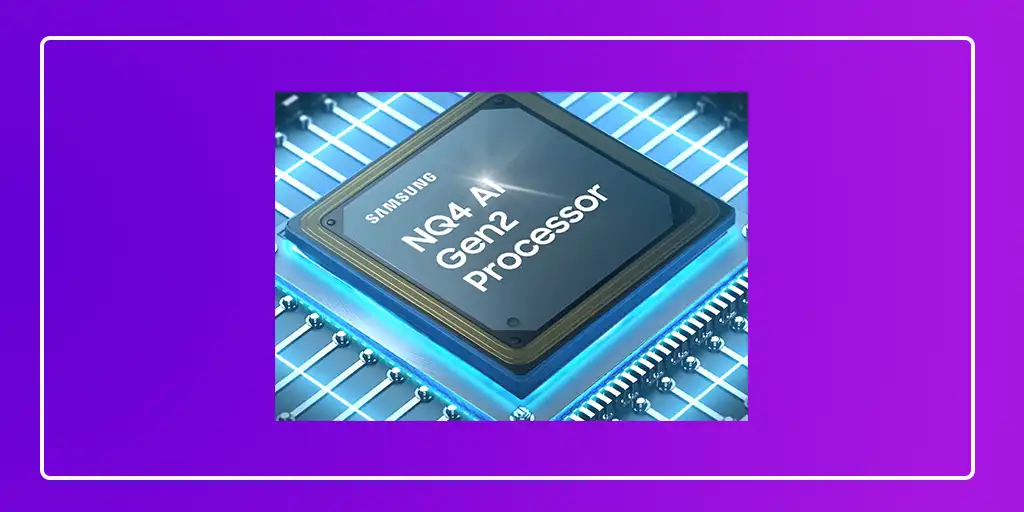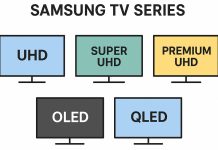There are two types of processors in a computer that perform different tasks: CPU (central processing unit) and GPU (graphics processing unit). These processors serve different purposes, working together to handle the varied demands of modern devices
How They Work and What They Do
The CPU is the core processor, responsible for general-purpose computing. It handles tasks like running programs, managing files, and performing complex calculations. CPUs are great at executing instructions in sequence and are essential for tasks such as data processing, converting files, and operating demanding software.
The GPU, found in graphics cards from brands like Nvidia or AMD Radeon™, is built for graphics and image processing. It contains hundreds or thousands of small cores that work in parallel, making it perfect for rendering visuals, video playback, and gaming. This massive parallel processing power also makes GPUs ideal for tasks like cryptocurrency mining.
Many devices like laptops, phones, and TVs use integrated graphics, where the CPU and GPU are combined into a single chip (e.g., Intel® HD Graphics). These are more energy-efficient and compact, though not as powerful as dedicated GPUs.
Why They’re Better Together
The CPU and GPU complement each other. In gaming, the CPU calculates things like object movement and game logic, while the GPU turns those calculations into visuals on the screen. That’s why a modest CPU paired with a strong GPU can outperform a powerful CPU with weak graphics when it comes to gaming.
In contrast, tasks that rely more on logic and less on graphics — such as data analysis, coding, or simulations — lean heavily on the CPU, with the GPU playing a minor role.
In short, the CPU is the system’s brain, handling general tasks, while the GPU acts as the visual engine, managing fast parallel operations. Working together, they deliver the balanced performance modern devices require.







